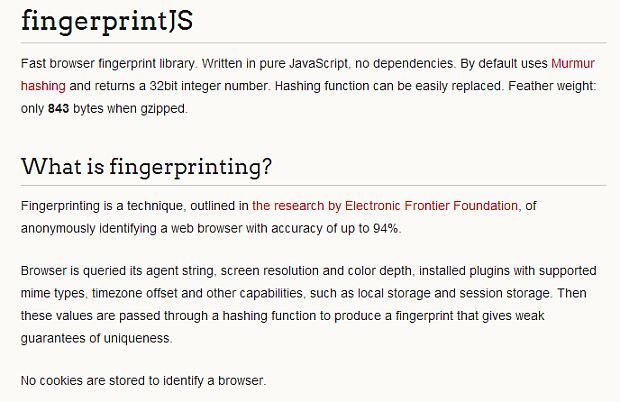1. Pagekit
Pagekit gives you the tools to create beautiful websites. No matter if it’s a simple blog, your company’s website or a web service.It’s the perfect platform for a thriving extension and theme ecosystem. Distribute free software instantly to a global community.

Sometimes you just want to create something cool. Maybe for one of those pages – about us, our history etc – where you want to come up with something unique to support your brand. This effect can help you design a cool web page with just few icons.

Blast.js separates text in order to facilitate typographic manipulation. It has four delimiters built in: character, word, sentence, and element. Alternatively, Blast can match custom regular expressions and phrases.
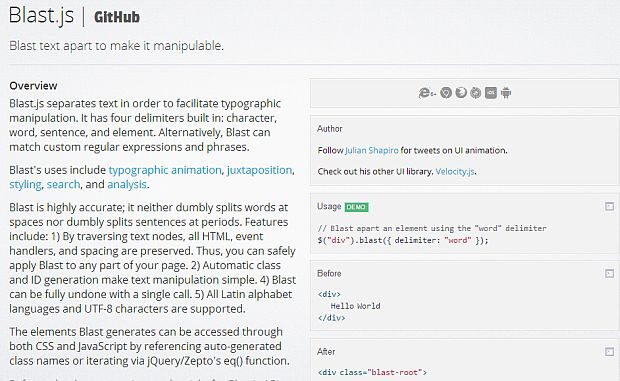
Trianglify is a javascript library for generating colorful triangle meshes that can be used as SVG images and CSS backgrounds.Trianglify is open source software.

Pakyow is an open-source framework for the modern web. Build working software faster with a development process that remains friendly to both designers and developers. It’s built for getting along.
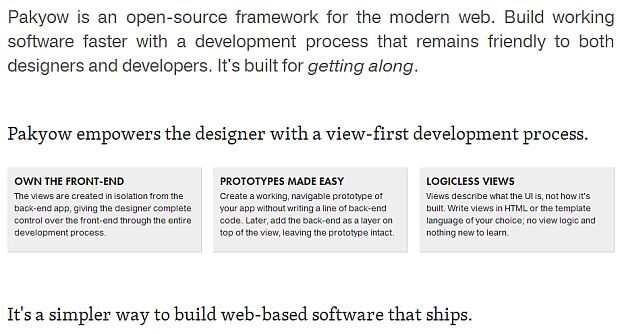
DomFlags chrome extension offers a new way to interact with the DevTools. For the first time ever, you can now create keyboard shortcuts to DOM elements.
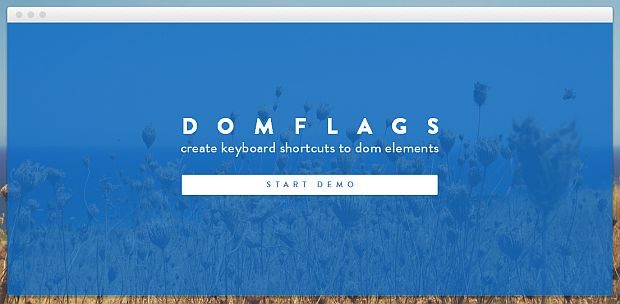
A pure JavaScript Bitcoin library for node.js and browsers. Used in production by over 1.5 million wallet users, BitcoinJS is the backbone for almost all Bitcoin web wallets in production today.
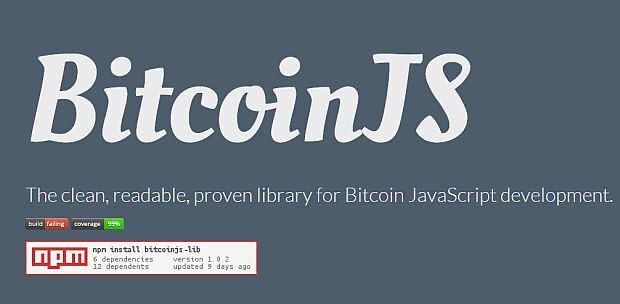
HTMLMinifier is made by kangax, using tweaked version of HTML parser by John Resig (which, in its turn, is based on work of Erik Arvidsson).
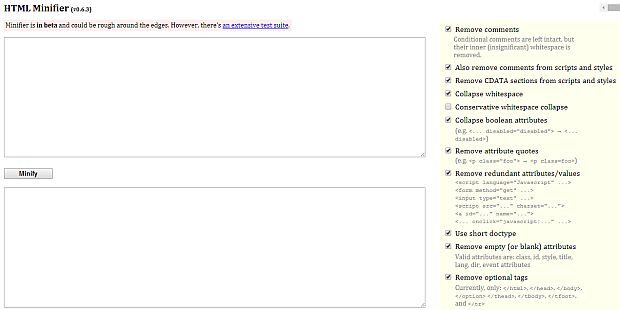
Ocrad.js is a pure-javascript version of the Ocrad project, automatically converted using Emscripten. It is a simple OCR (Optical Character Recognition) program that can convert scanned images of text back into text. Clocking in at about a megabyte of Javascript with no hefty training data dependencies (looking at you, Tesseract), it’s on the lighter end of the spectrum.
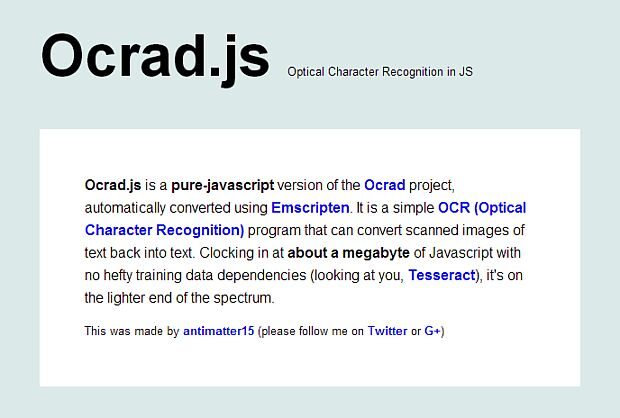
Fingerprinting is a technique, outlined in the research by Electronic Frontier Foundation, of anonymously identifying a web browser with accuracy of up to 94%. Browser is queried its agent string, screen resolution and color depth, installed plugins with supported mime types, timezone offset and other capabilities, such as local storage and session storage. Then these values are passed through a hashing function to produce a fingerprint that gives weak guarantees of uniqueness.
